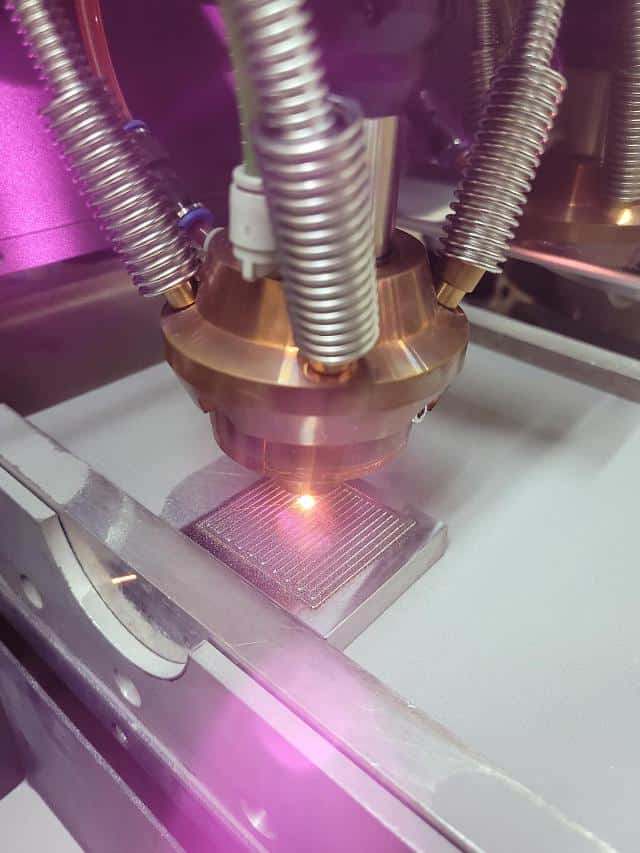A research team at South Korea’s state nuclear energy research body has developed a 3D printing technology that can drastically lower the price of metal separator plates used in fuel cell stacks. The surface of the stainless alloy was coated with a chromium aluminum alloy with high corrosion resistance instead of gold using 3D printing technology.
More from the News
The popularization of hydrogen cars has been hampered by high prices. Because gold is chemically very stable and hardly reacts with other materials, fuel cell stack separators on the market are mainly coated with expensive gold and platinum on the surface of aluminum, stainless steel, and titanium alloys.
The Korea Atomic Energy Research Institute (KAERI) said its team led by Kim Hyun-gil, a researcher in nuclear fuel and 3D laser printing technology, has manufactured a prototype with 3D printing technology that blocked the possibility of coating materials peeling off. Kim’s technology has been transferred to Thecentech, a (KAERI) start-up.

The start-up develops materials for extreme environmental industries based on 3D printing technology. It would expand the use of KAERI’s technology to the defense and space industries. “The results show that KAERI’s 3D printing technology can be used in the non-nuclear field as well. We look forward to active spin-off with other industries in the future,” Kim said in a statement on April 11.
The institute said that Kim’s team has adopted a directed energy deposition method to stack metal materials using high-power lasers. As different metal materials melt and combine, the coated area doesn’t separate. The flow path with an embossed protrusion was engraved on the surface of the separator to increase manufacturing efficiency and reaction efficiency between hydrogen and oxygen.
Subscribe to AM Chronicle Newsletter to stay connected: https://bit.ly/3fBZ1mP
Follow us on LinkedIn: https://bit.ly/3IjhrFq
Visit for more interesting content on additive manufacturing: https://amchronicle.com/


